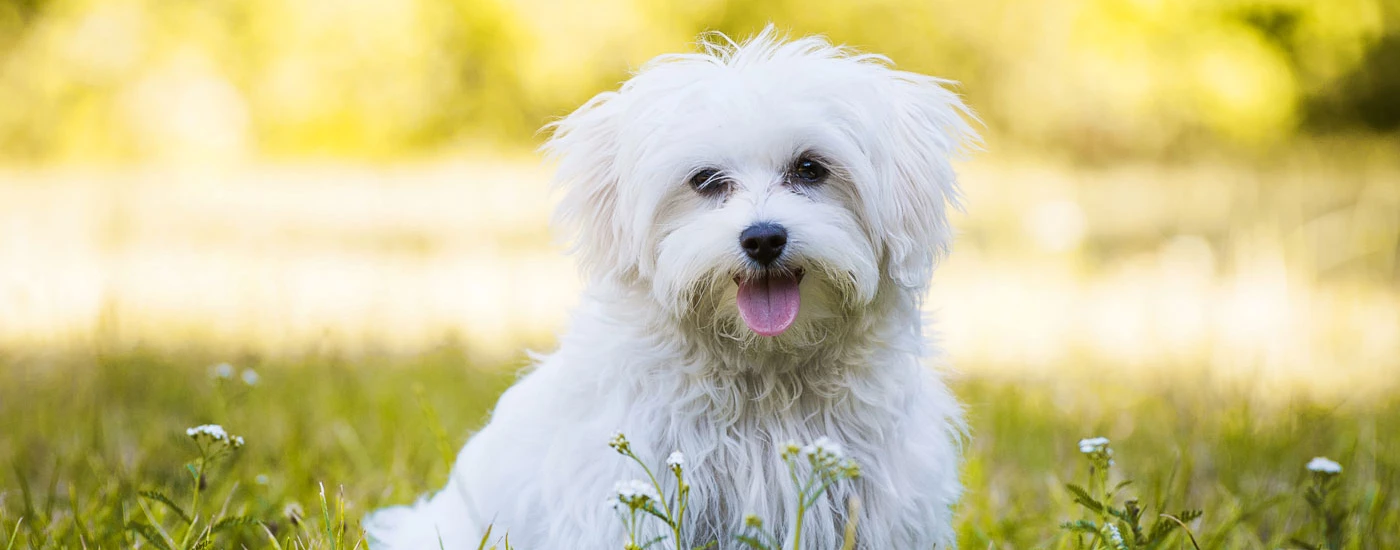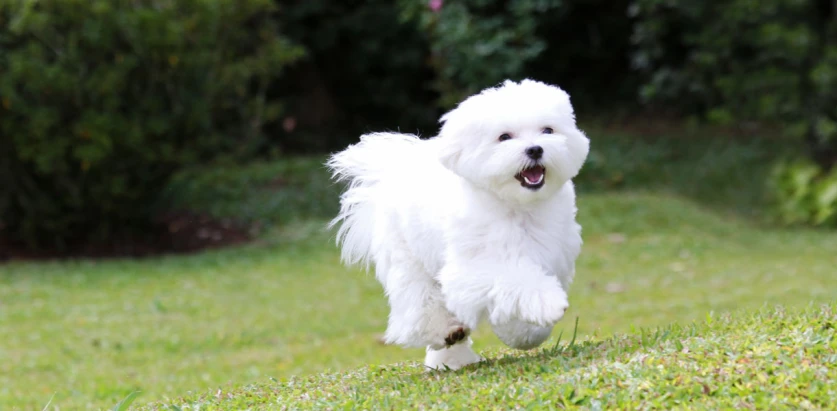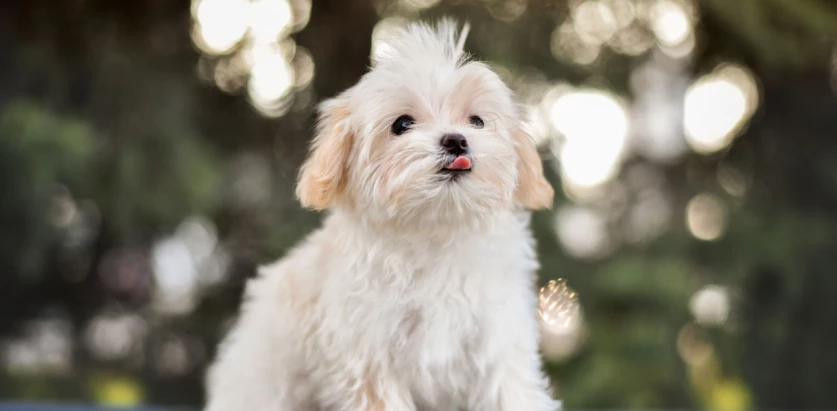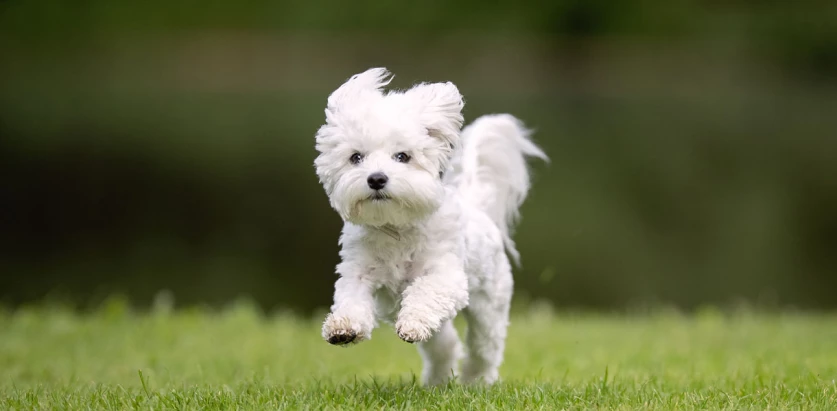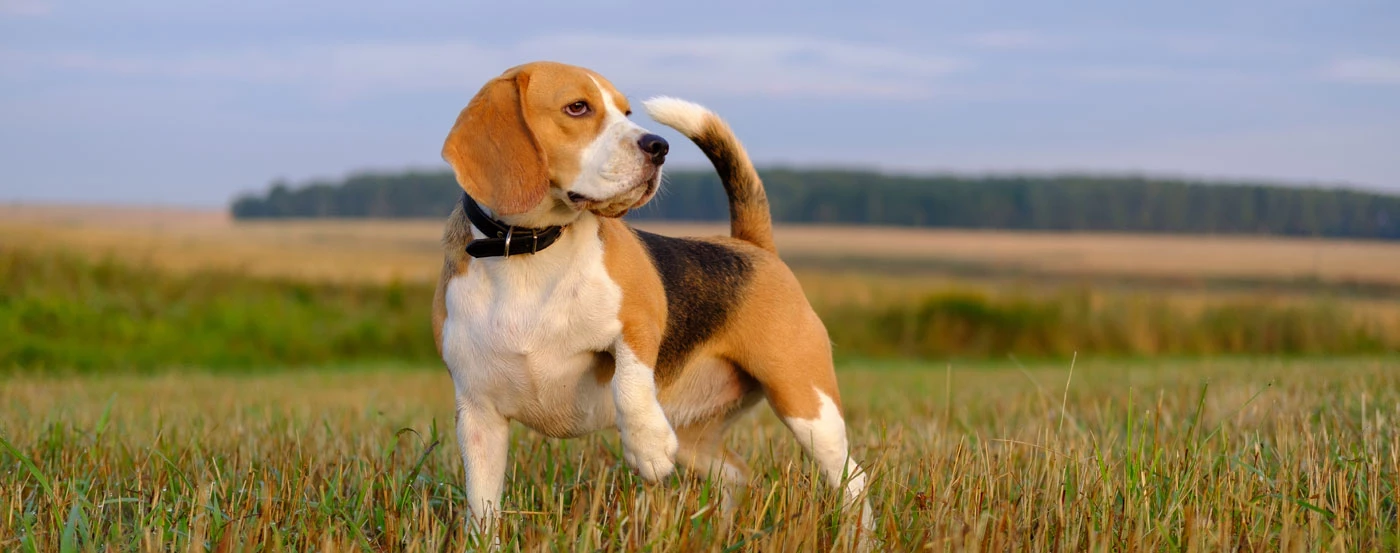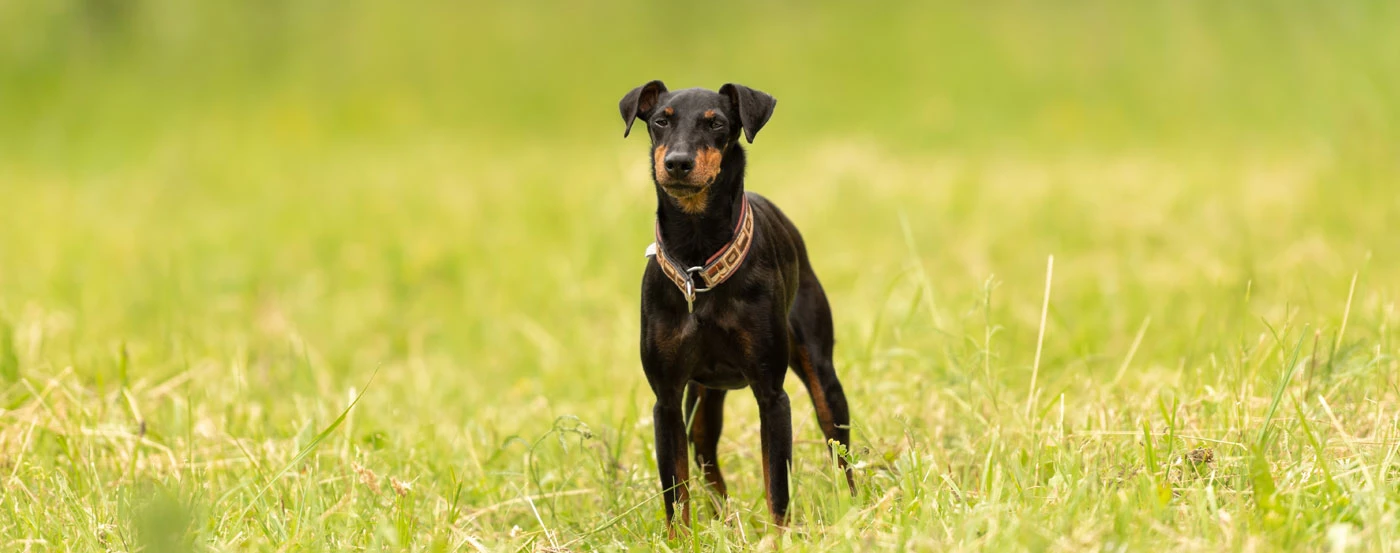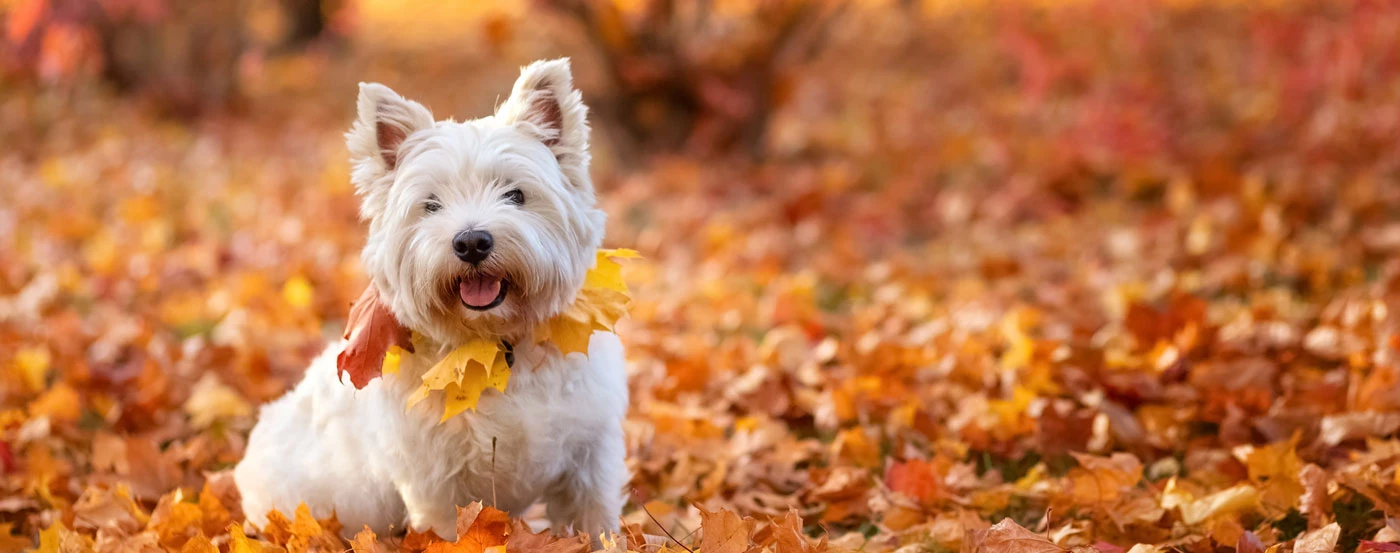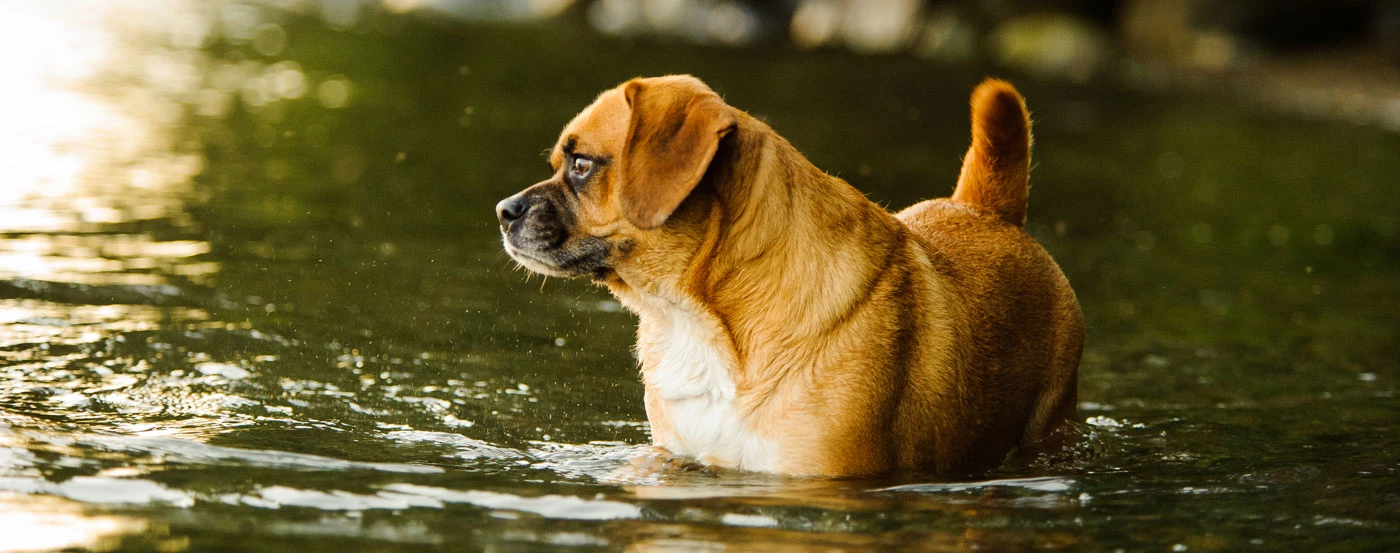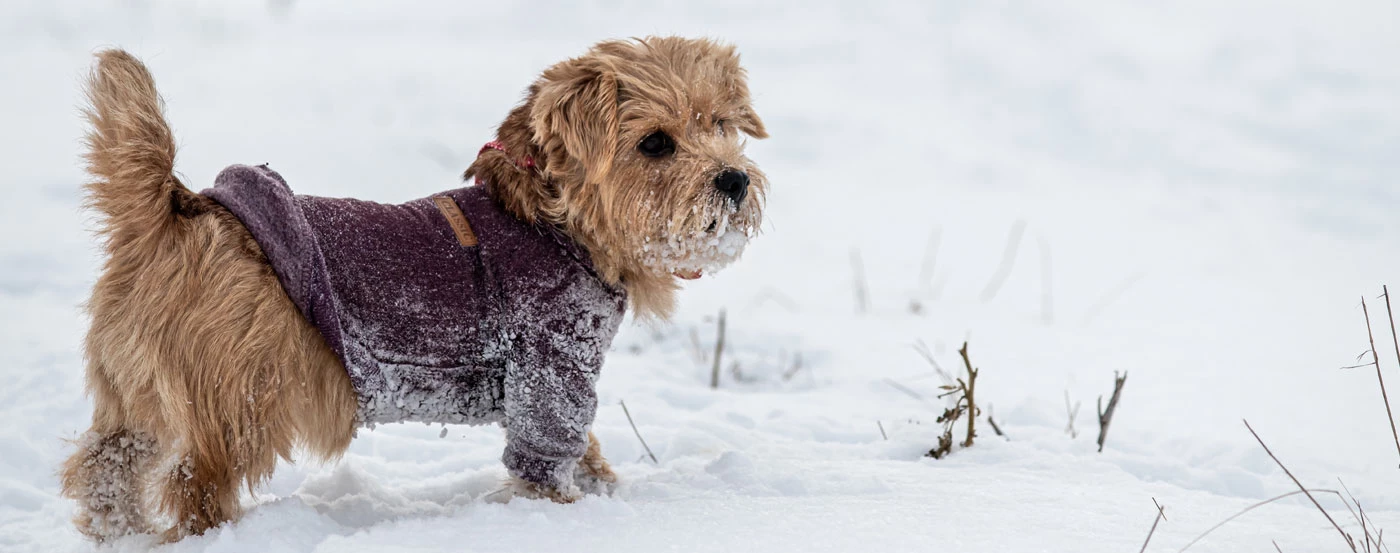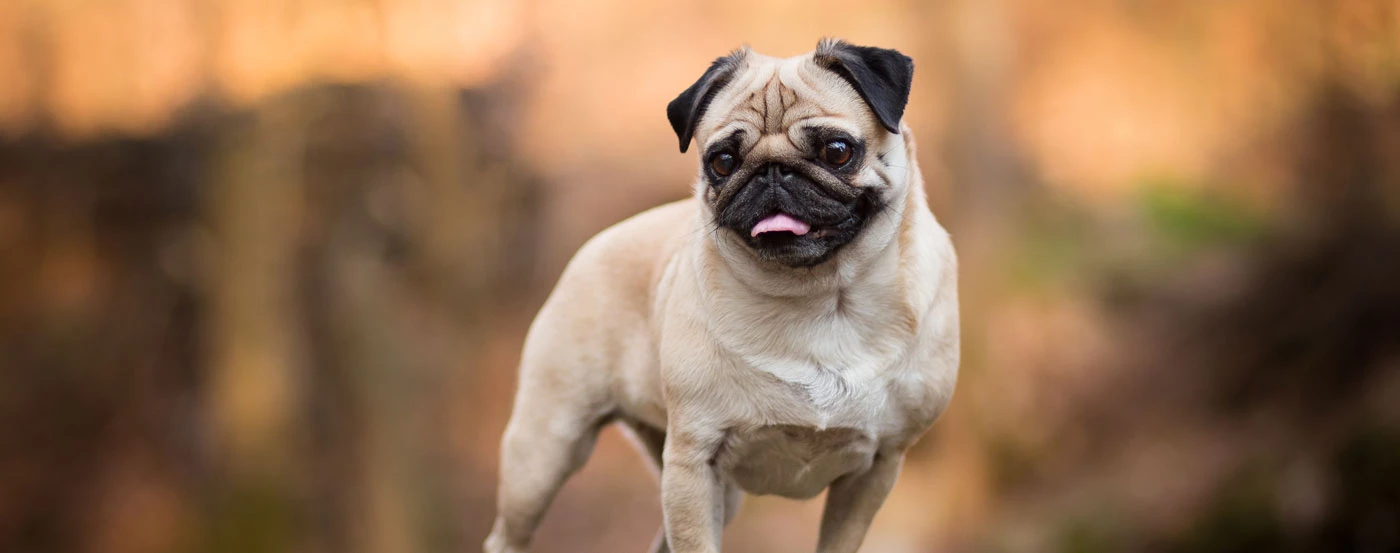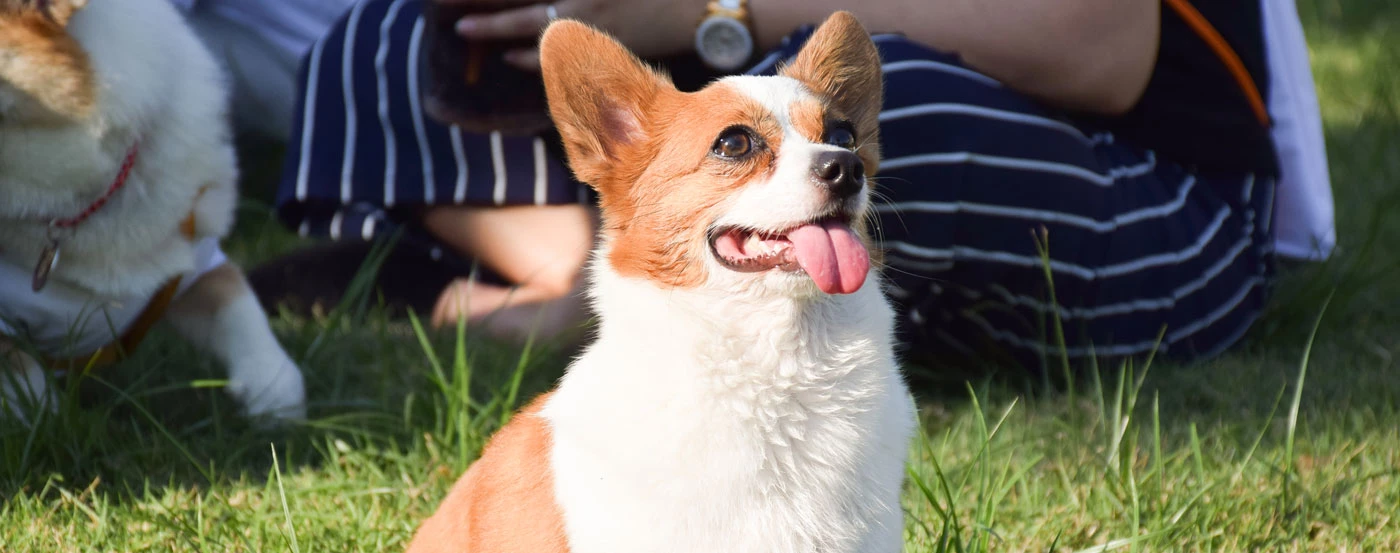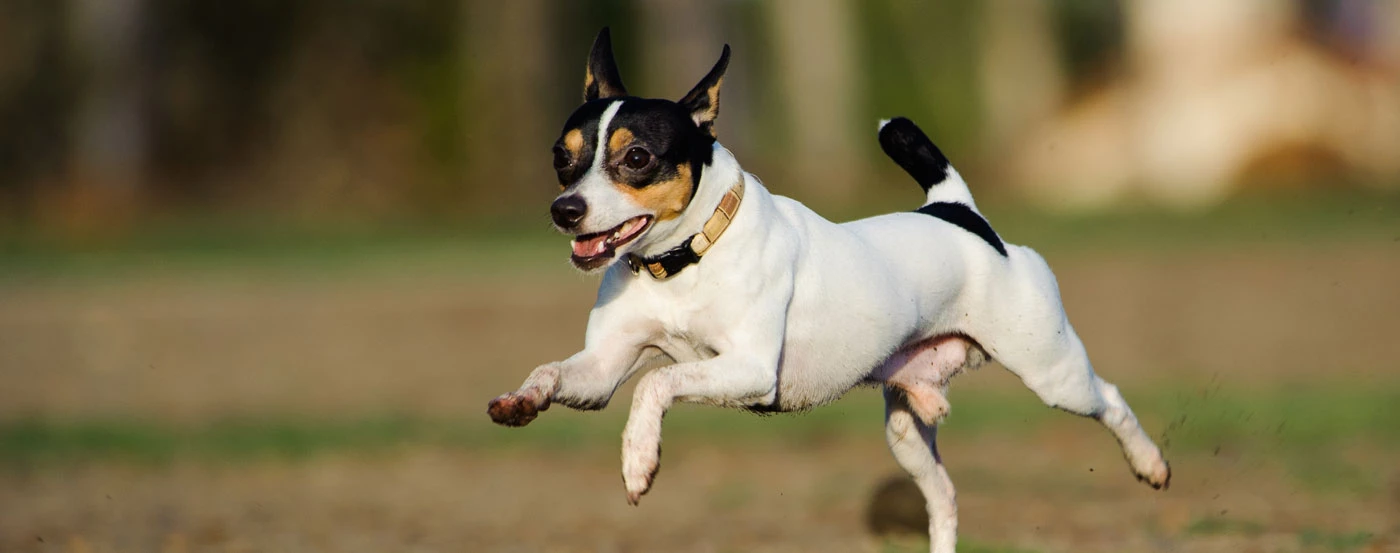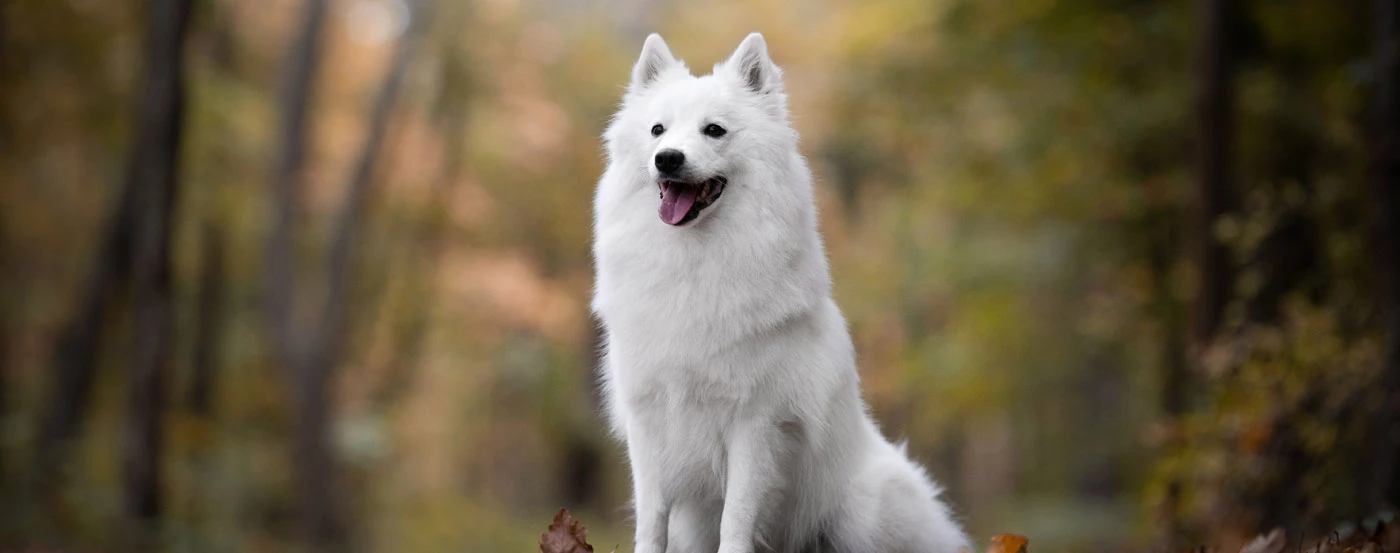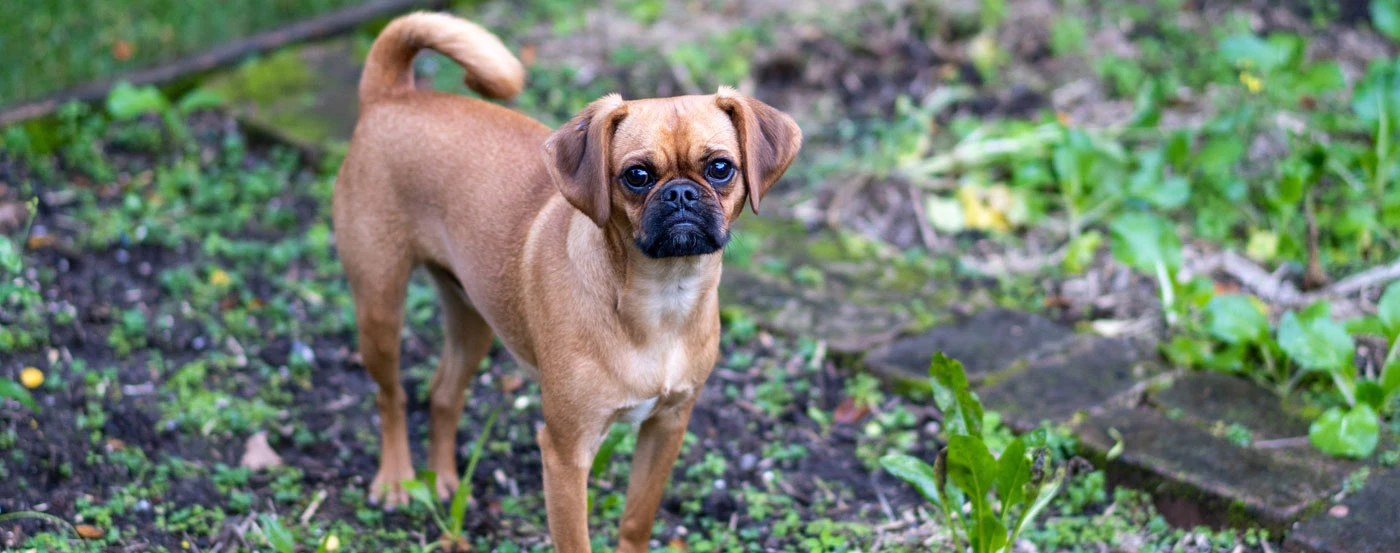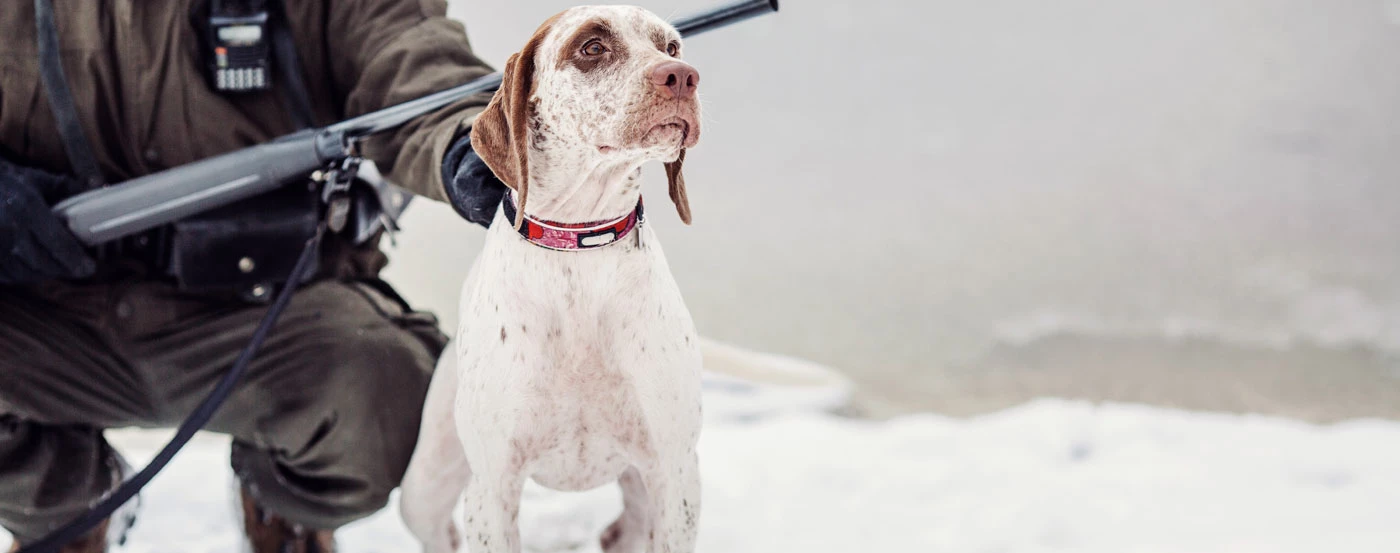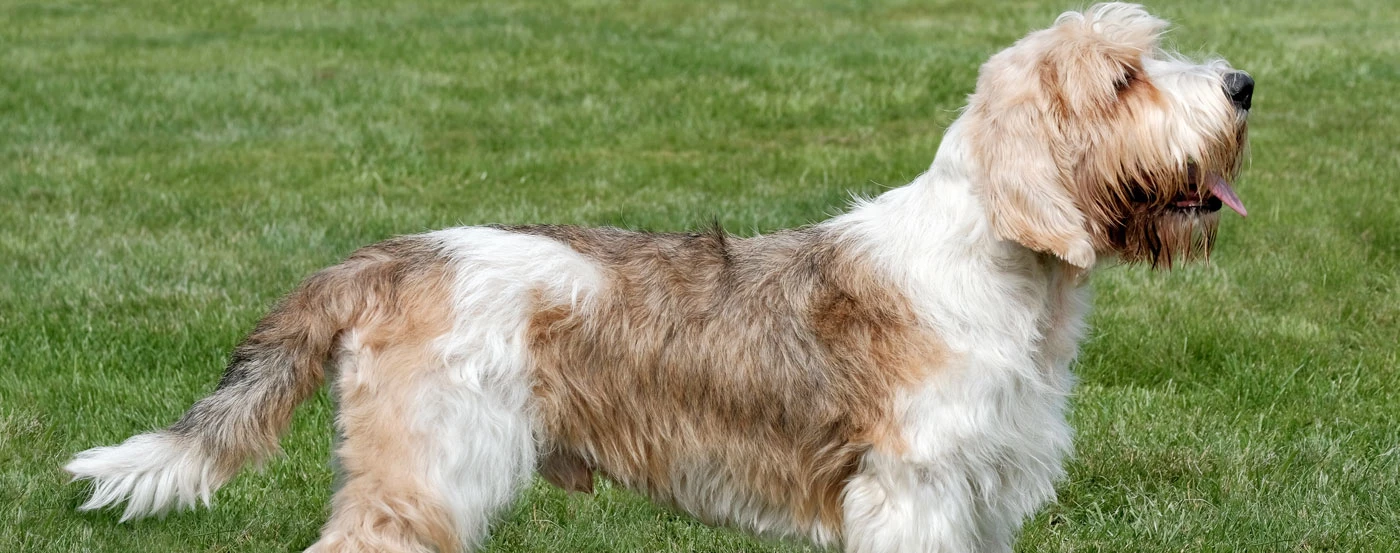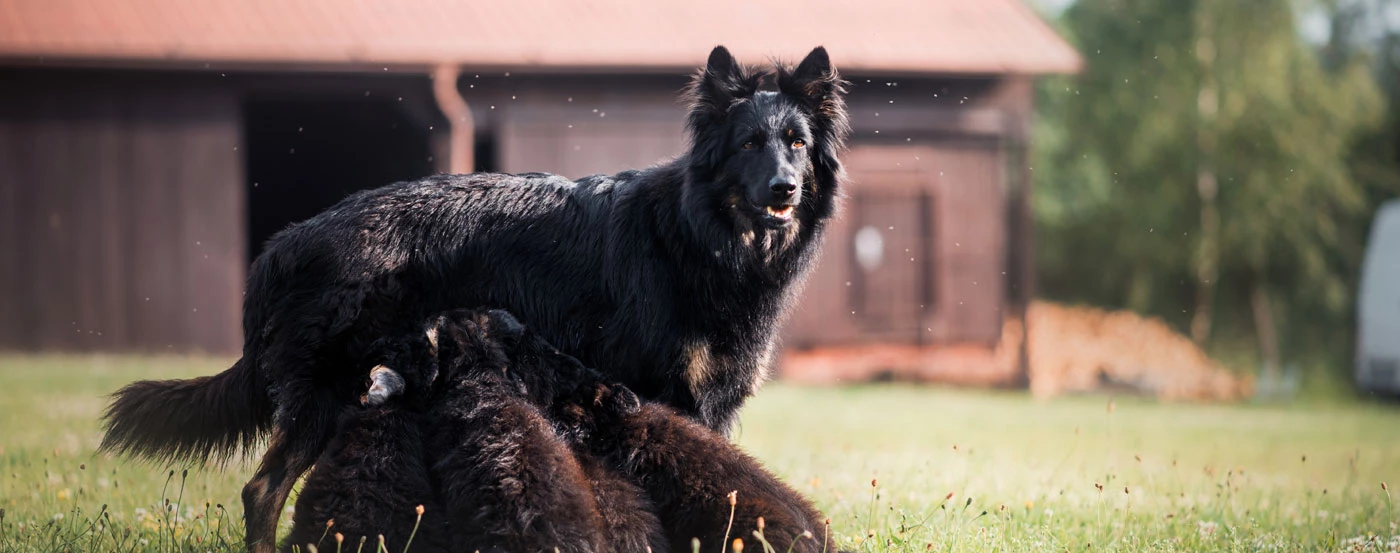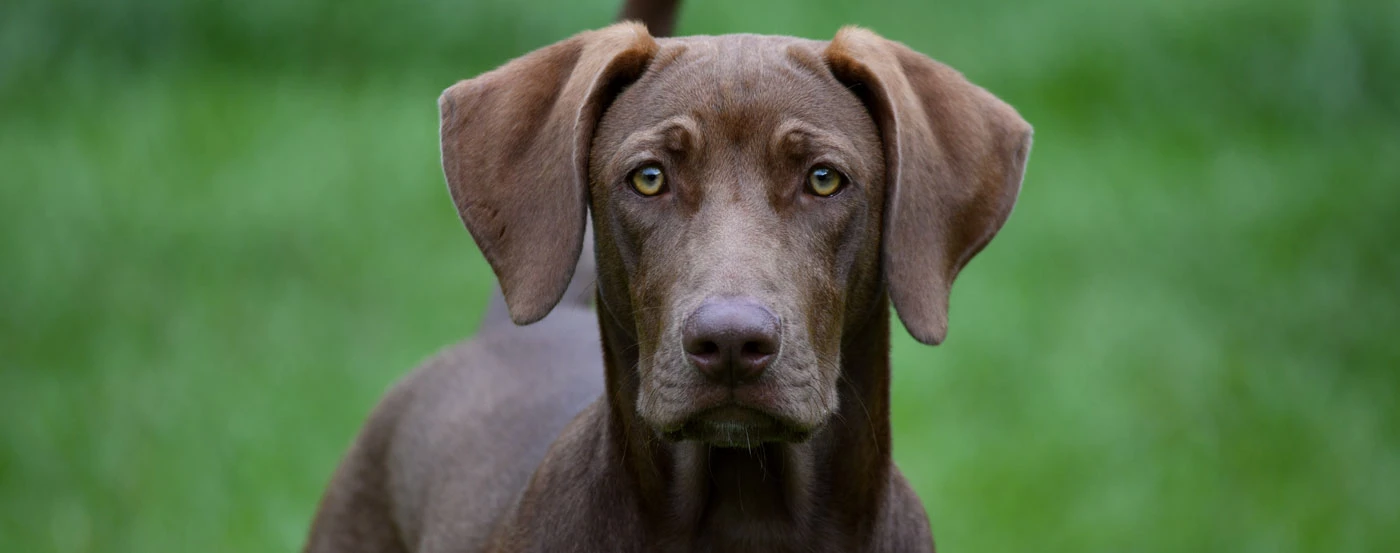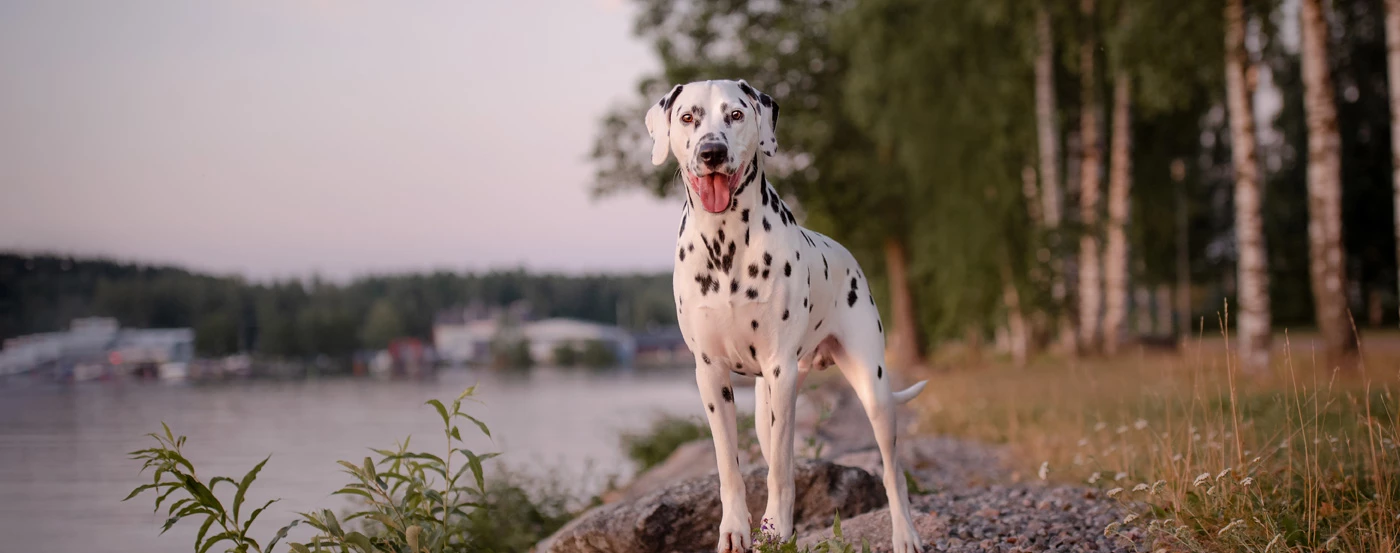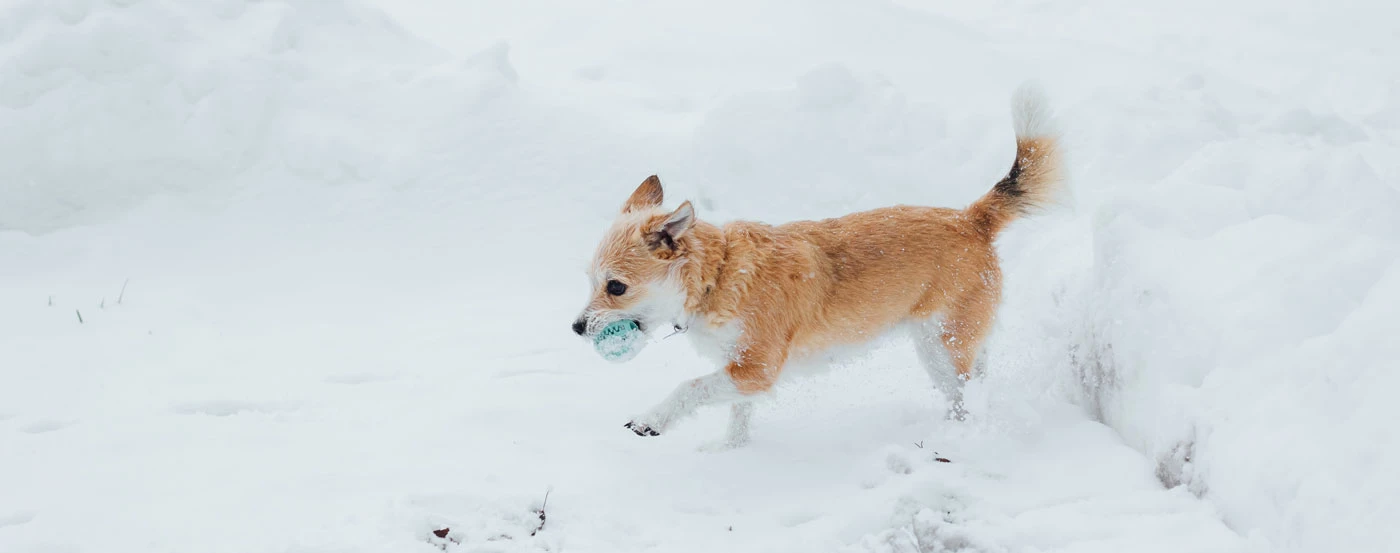About the Maltese
The Maltese terrier is the poster child for lapdogs everywhere. These feisty dogs are devoted, lovable and playful, and love being doted on by their owners. A Maltese dog can be distinguished by its luxurious long white silky coat and small size.
Read on to find out more about these small dogs and why they are excellent companions.
Maltese Gallery
What is the history & origin of the Maltese?
The Maltese have a rather interesting and mysterious history. They originated from Malta, and are considered one of the oldest European breeds in the toy group.
Sailors visiting Malta in 1500 B.C. reported seeing the Maltese dogs, and they were seen in Greek art from the 5th century. They were historically called "Ye Ancient Dogge of Malta" as well as "the Roman Ladies dog".
The Maltese found their way to England in the 1300s, where they became a favourite pet of the upper-class because of their small size and pure white coat.
The Maltese was exhibited in 1877 at the Westminster Kennel Club dog show in America and was registered as a breed in 1888 by the American Kennel Club.
Since then, the dog's personality and affinity for being a lap dog have made it one of the most popular toy breeds around the world.
Who are Maltese dogs best for?
Maltese dogs are great apartment dogs and become very attached to their owners.
They can be intolerant of younger children and might nip at them, especially if they have been spoiled by their owners and view the child as a threat.
Similarly, they can become territorial with other breeds and are best suited as the only dog in the family. Maltese puppies can be socialised to be tolerant of other dog breeds, but it does not come naturally.
Maltese would be best suited for families without children or with older children and would prefer to be the only furry family member.
How much grooming does a Maltese need?
Maltese do not have an undercoat, and therefore they do not shed a lot.
Maltese are high-maintenance and require daily grooming to maintain their luscious coats. They will require daily brushing (or even multiple times a day) to prevent dirt and mats in their coats. They will also require weekly baths with coat conditioning to keep their coats white and soft.
Most Maltese have some tear staining. Even a perfectly healthy dog will have some face staining, but it can be prevented:
Use warm water to clean your dog's eyes every day, and wash their chin after feeding.
Use a water bottle instead of a water bowl, as mineral water can stain your dog's beard.
Feed from steel, ceramic or glass bowls - avoid plastic bowls. Wash the bowls in between feedings.
Your Maltese could have hair growing in its ears that can cause an ear infection. Your vet or groomer can be able to help with this problem, or you can ask for professional advice on how to remove the hair yourself.
Maltese also require regular nail clipping if they do not walk on surfaces that wear down the nails. The nails will have to be trimmed monthly.
Do Maltese bark much?
In general, Maltese are peaceful dogs, but they do bark on occasion.
The Maltese dog is known as a Maltese Lion Dog for a reason. These tiny pooches are fiercely protective and will bark to protect their owners if they feel threatened.
Sadly, they do often experience separation anxiety, which can make them nervous barkers when left alone.
Except for these two circumstances, your Maltese will be mostly quiet. And, if you start early, you can teach your Maltese puppy not to bark.
Do Maltese bite?
Although Maltese dogs are protective of their people, they are not known to bite.
The only times a Maltese will bite is if they are defending themselves, poorly socialised with people and other dogs, or when they are over-excited.
The most common reason a Maltese will bite is due to excitement. Although these bites are not on purpose, they can be painful.
There are some things you can do to prevent your Maltese from biting when excited:
Socialise your Maltese puppy as soon as possible.
If your dog starts to bite, put them in a crate or separate room for a time out.
Teach your dog to avoid outside distractions which will result in excitement.
Give your Maltese chew toys or interactive dog toys to distract them from biting.
Reinforce and praise good behaviours.
Teach your Maltese that human hands near their mouths are not threats.
What is the temperament & personality of a Maltese?
Maltese dogs love to impress, and they adore people, assuming everyone would want to be their friend.
This dog breed is highly intelligent, and this intelligence coupled with their eagerness to please makes them excellent at learning new tricks.
Being a terrier, the Maltese thinks it is much bigger than its actual size. This can make them a bit feisty, especially around children and other dogs.
A well-trained and socialised Maltese will be active, lively, fun, loving and friendly.
What is the weight & size of a Maltese?
Weight:
Males: 1.8 - 3.6 kgs
Females: 1.8 - 3.6 kgs
Height at the withers:
Males: 25.4 cm
Females: 22.8 cm
How much training does a Maltese need?
Maltese are smart dogs and can quickly learn new tricks. They also do well at dog sports and shows.
Maltese can be taught agility, commands and speed, making them great competitors in agility competitions.
You can start training your Maltese pups from 12 weeks old, and they are life-long learners.
What are some of the most common health issues for a Maltese?
Maltese dogs are generally healthy, but there are some common Maltese health concerns:
White Dog Shaker Syndrome: This causes the dog to have body tremors. It is believed by vets that the dogs do not experience pain and that it is possibly an autoimmune reaction. This condition is prevalent in white dogs.
Live Shunts: This congenital condition causes limited blood flow to the liver. The blood is not thoroughly filtered, which causes waste to build up in the body. This results in weakness, slow growth rate, confusion, constipation diarrhea, excessive thirst, frequent urination, drooling and seizures.
Collapsed Trachea: This is a genetic condition where the cartilage around the windpipe is weak and collapses. It can also be caused by injury.
Hip Dysplasia: This is common in many purebred dogs. The ball and socket of the hip joint slip out, which causes discomfort. Fortunately, it can be fixed, especially in younger dogs.
What is the lifespan of a Maltese?
Your Maltese dog can live between 12 to 15 years.
How much should you feed a Maltese?
Feeding a puppy: Once the puppy has been weaned, it can eat food formulated for small-sized puppies. Start with 1/4 cups of food per day, spread over 3 mealtimes. You can slightly increase this feeding regimen until the age of 6 months, whereafter your pup can eat an adult diet.
Feeding an adult dog: You should feed your dog according to your size. Dogs between 1 and 2 kgs should eat 1/4 to 1/2 cup of dog food each day. Dogs weighing more than 2 kgs can eat 1/2 to 3/4 cups a day. Always spread the food across two mealtimes.
What is the price of a Maltese in Australia?
Because of their popularity, the tiny Maltese is one of the most expensive toy breeds. A purebred pup can cost between $2,000 and $5,000. A superior pedigree is more expensive, from $4,000 to $7,000, and will come with the required health certifications, like certificates from the Canine Eye Registry Foundation and the PennHip foundation.
You can contact your National Breed Club if you are interested in getting a Maltese.
Pros
- Friendly nature
- Minimal shedding
- Good for apartment living
Cons
- Physically fragile
- Sensitive to extreme climates
- High maintenance grooming
